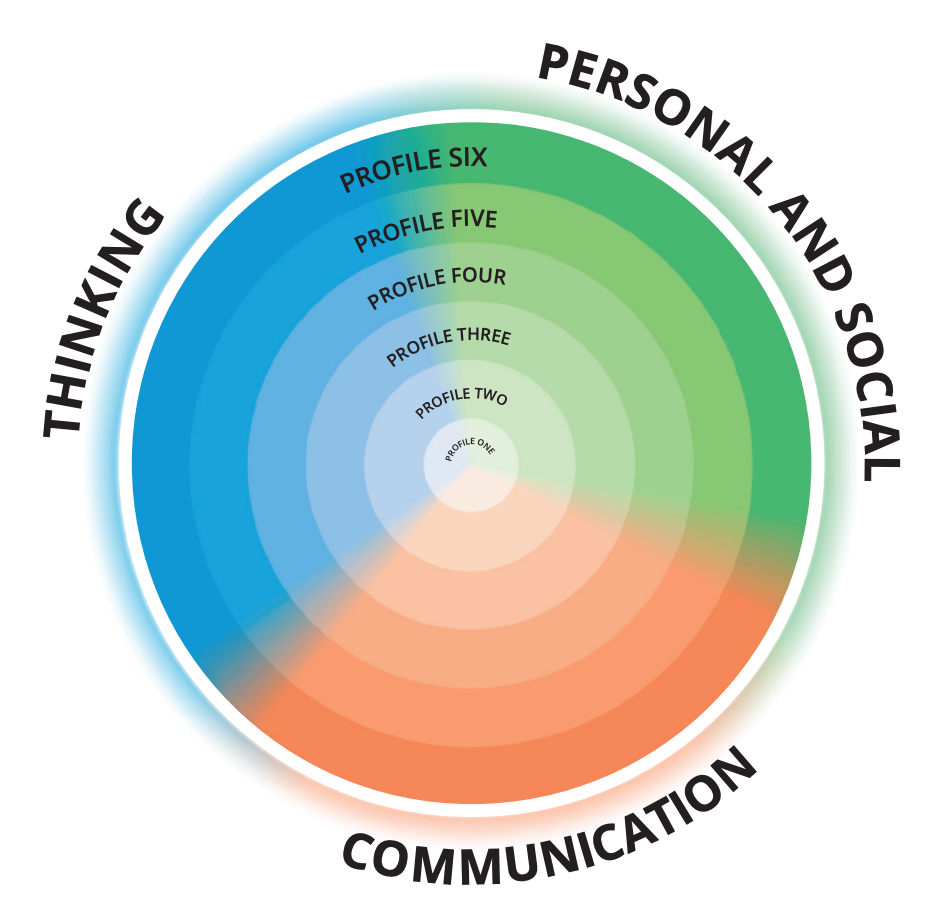
The Clark versus Kozma debate on the connection between media and learning has been going on for decades. It all started in 1983 when Clark stated that media “are mere vehicles that deliver instruction but do not influence students achievement any more than the truck that delivers our groceries causing changes in nutrition” (Clark, 1983, p. 445). Based on articles on the topic at the time, Clark made the definitive argument that there are no learning benefits to the use of technology and to not continue wasting effort on the question until a new theory was developed. He was hoping to start a conversation – and start one he did.
Kozmas response to these findings are that we should not have to change the question, but reframe it – not does technology influence learning, but will media influence learning? In his perspective, educational technology is not a natural science but a design science. That meaning that the relationships between the two might not yet be there because we have not yet made one. As we have come to understand, learning is not a static activity or something done to us. It is “not the receptive response to instruction  delivery, but an active, constructive, cognitive, and social process by which the learner strategically manages available resources to create new knowledge” (Kozma, 1994). Learning is the interplay between the individual and the environment – which includes the mode of instruction
delivery, but an active, constructive, cognitive, and social process by which the learner strategically manages available resources to create new knowledge” (Kozma, 1994). Learning is the interplay between the individual and the environment – which includes the mode of instruction
As I reflect on this debate, I wonder what repercussions it had in the field of education. Did it stop schools from investing in technology? How did this affect classroom teachers? Was it an excuse for teachers? What was Clarks motivation for negating it in the classroom? What does he believe are the benefits of technology? How would he suggest we prepare students for the world we live in today – which is primarily digital.
As we think educational technology in the 21st century. Many things have changed since this debate started. Technologies have changed, access has changed, families have changed, schools have changed, and the economic environment around us have changed. Although there remains to conclusive evidence that any one medium is more effective than the other, I believe technology plays an integral part in the education of young people today.
As our third perspective on this topic stated, “five decades of research suggests that there are no learning benefits to be gained from employing different media in instruction, regardless of their obviously attractive features or advertised superiority” (Becker, 2010). In my own experience, this has been the use of technology in the past. Educators have used technology as a way to improve student engagement on the conceptual topic. However, as times, technology, and the world around us have changed, students need to learn the skills to utilize technology to their advantage.
The new BC Core Competencies are the skill that we want students to leave our school system knowing and demonstrating. These skills will allow our youth to transition into successful roles and relationships within their communities. And technology is an avenue in which they need to be able to demonstrate those skills. Students need to learn how to be effective communicators, thinkers, collaborators, and connected to each other and their environment. All these things can not only be accomplished in the four walls of a classroom, but through the use of different applications and resources online. According to an article by Visual Capitalist, over the past decade, the technology industry has created more than 1 million jobs across the United States. Between 2010 and 2017 there was a job growth average of 6% – more than four times the national average across all industries.
I agree with my colleague Rochelle’s perspective on the debate: When content is the goal I fully agree with Clark, media is not going to make a difference to the learning. However, when building skills and competencies is the goal, I believe Clark’s argument is outdated and no longer applicable to education.
The most impactful and truthful quote came at the end of the third article in;
“the truth of the matter is that technology, in and of itself, can neither improve or impoverish instruction. Instructional technology only works for some kids, with some topics, and under some conditions – but that is true of all pedagogy. There is nothing that works for every purpose, for every learner, and all the time” (Mann, 2001, p. 241)
This quote accurately describes teaching approaches clearly. As educators, we try to use as much as we can that is available to us in order to both engage students and provide new opportunities for learning. This, all in the hopes that it will reach one of our students in the right way and push them towards learning in a deeper way.
Resources
Becker, K. (2010). The Clark-Kozma Debate in the 21stCentury. Paper presented at the Canadian Network for Innovation in Education 2010 Conference. Published under Creative Commons. (http://mruir.mtroyal.ca:8080/xmlui/bitstream/handle/11205/143/clark_kozma_21century.pdf?sequence=1)
Clark, R.E. (1994). Media will never influence learning. Educational Technology Research and Development. 42 (2), 21-29. https://doi.org/10.1007/BF02299088
Kozma, R.B. (1994). Will media influence learning? Reframing the debate. Educational Technology Research and Development. 42 (2), 17-19. https://doi.org/10.1007/BF02299087

Recent Comments